The significance and sweet meaning behind the sustainable wreath of flowers on Queen Elizabeth II’s coffin at the State Funeral
Queen Elizabeth II's funeral wreath includes flowers with deep significance as well as a sweet nod to Prince Philip
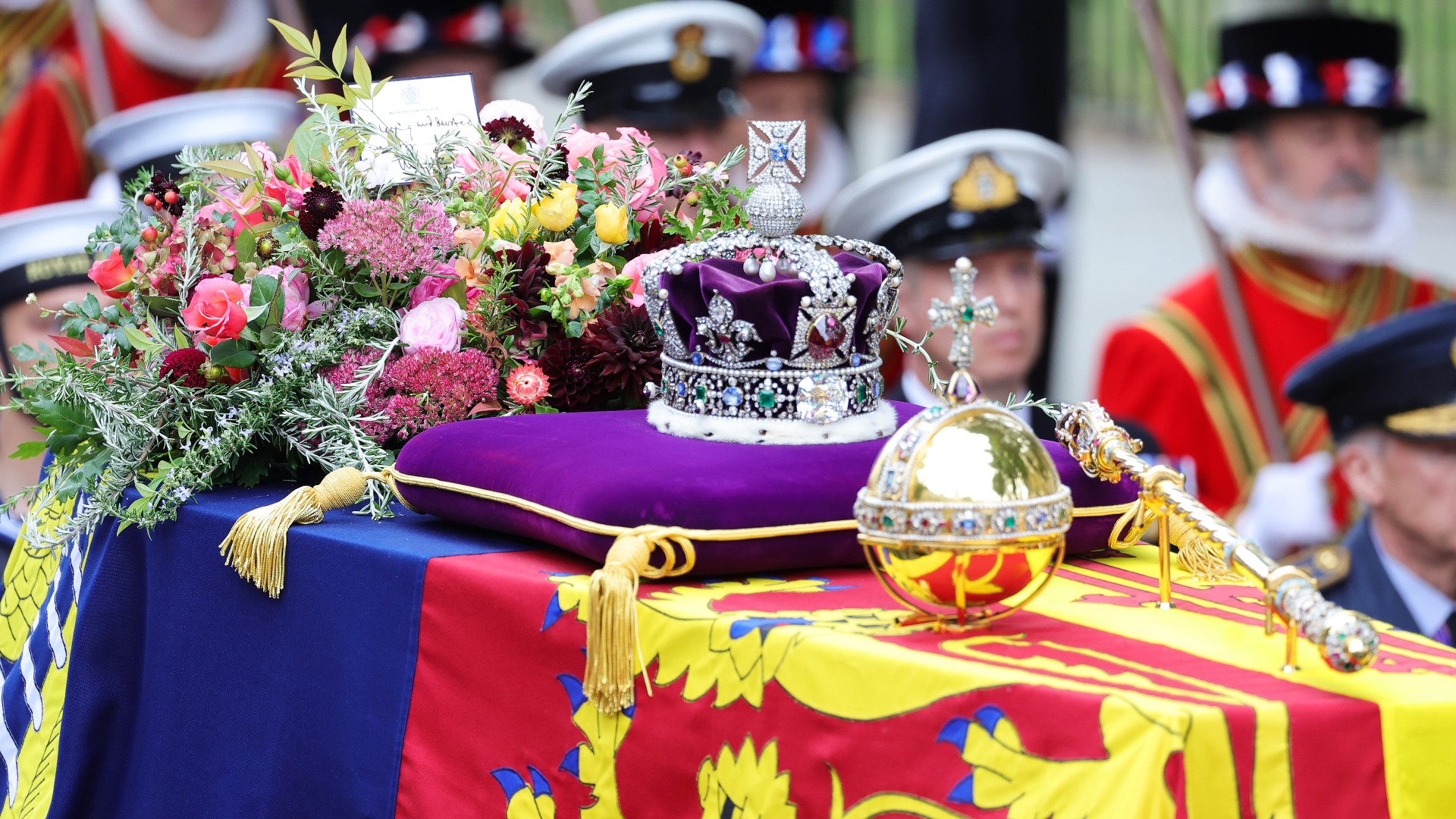
Queen Elizabeth II is being laid to rest alongside her late husband Prince Philip, Duke of Edinburgh after a State Funeral filled with details of great personal and historical significance.
- Her Majesty, Queen Elizabeth II’s State Funeral is taking place on September 19.
- Upon her coffin is a wreath of beautiful red and pink flowers, cut from royal residences, as requested by King Charles.
- The choice of plants and flowers is seen as incredibly meaningful, with special traditions associated with each one.
On September 19, members of the Royal Family were joined by politicians, European royalty and leaders from across the world as they paid their respects to Britain’s longest-reigning monarch, Queen Elizabeth II, at her State Funeral service. Upon the Queen’s coffin was the Imperial State Crown, Sovereign’s Orb and Sceptre and a beautiful wreath of flowers.
As revealed by the Royal Family on the day of Her Majesty’s funeral, the flowers were by personal request of King Charles. The flowers on the Queen’s coffin contained rosemary, English oak, and myrtle, as well as flowers in pink, burgundy, and gold shades, with touches of white.
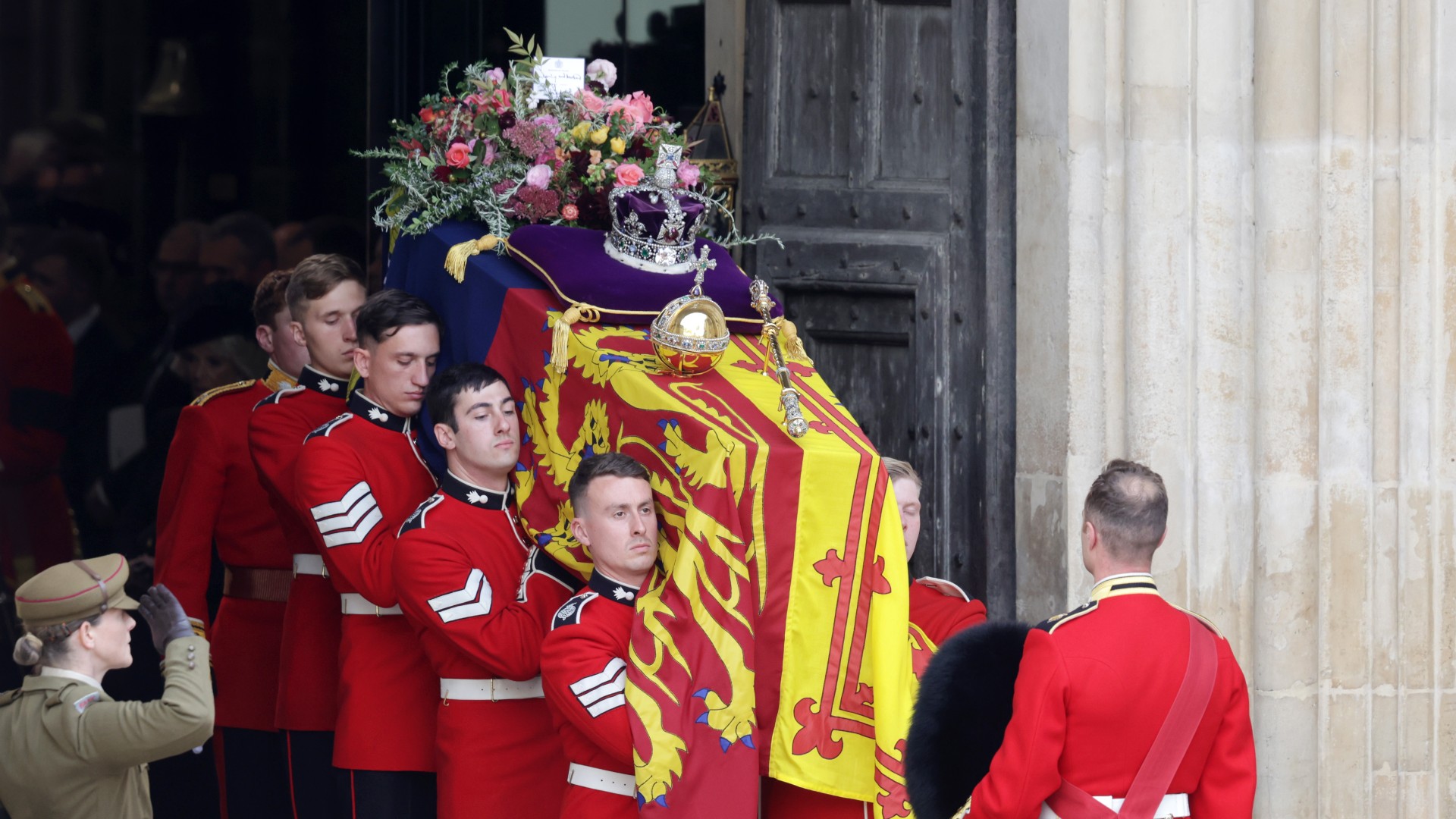
The myrtle in particular is hugely meaningful as it was cut from a plant grown from the myrtle that was included in Queen Elizabeth’s wedding bouquet when she married Prince Philip, the Duke of Edinburgh in November 1947. He was previously described by Her Majesty as her “strength and stay” so the decision to include myrtle with such a special origin is the sweetest nod to their love.
White myrtle has been the flower of choice for royal brides since the 1850s, with English Heritage having explained it was first used at the wedding of Queen Victoria and Prince Albert’s eldest daughter, Princess Victoria. Since then, flowers grown from the same plant have been featured in the bouquets of several generations of brides.
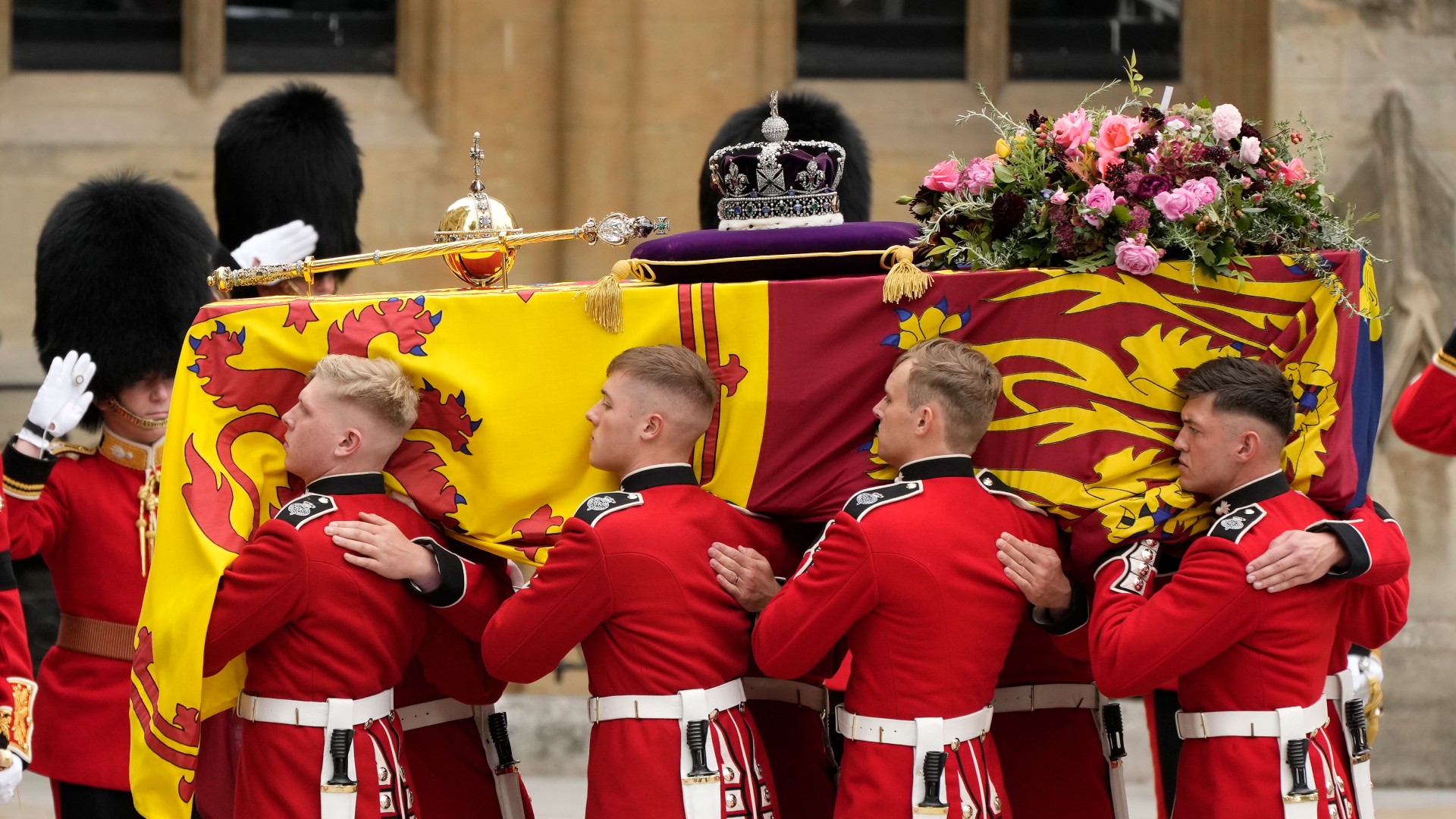
The significance of the Queen’s funeral wreath continued with the choice of English oak, which is thought to symbolize the strength of love, and rosemary, which is a traditional symbol of remembrance. Also included in the symbolic wreath are scented pelargoniums, garden roses, autumnal hydrangea, sedum, dahlias, and scabious.
All blooms and foliage have been cut from the gardens of Royal Residences. According to The Independent, these residences were Clarence House, the London residence of the King when he was Prince of Wales, as well as Buckingham Palace, the Queen’s official London residence, and Highgrove House in Gloucestershire.
Sign up for the woman&home newsletter
Sign up to our free daily email for the latest royal and entertainment news, interesting opinion, expert advice on styling and beauty trends, and no-nonsense guides to the health and wellness questions you want answered.
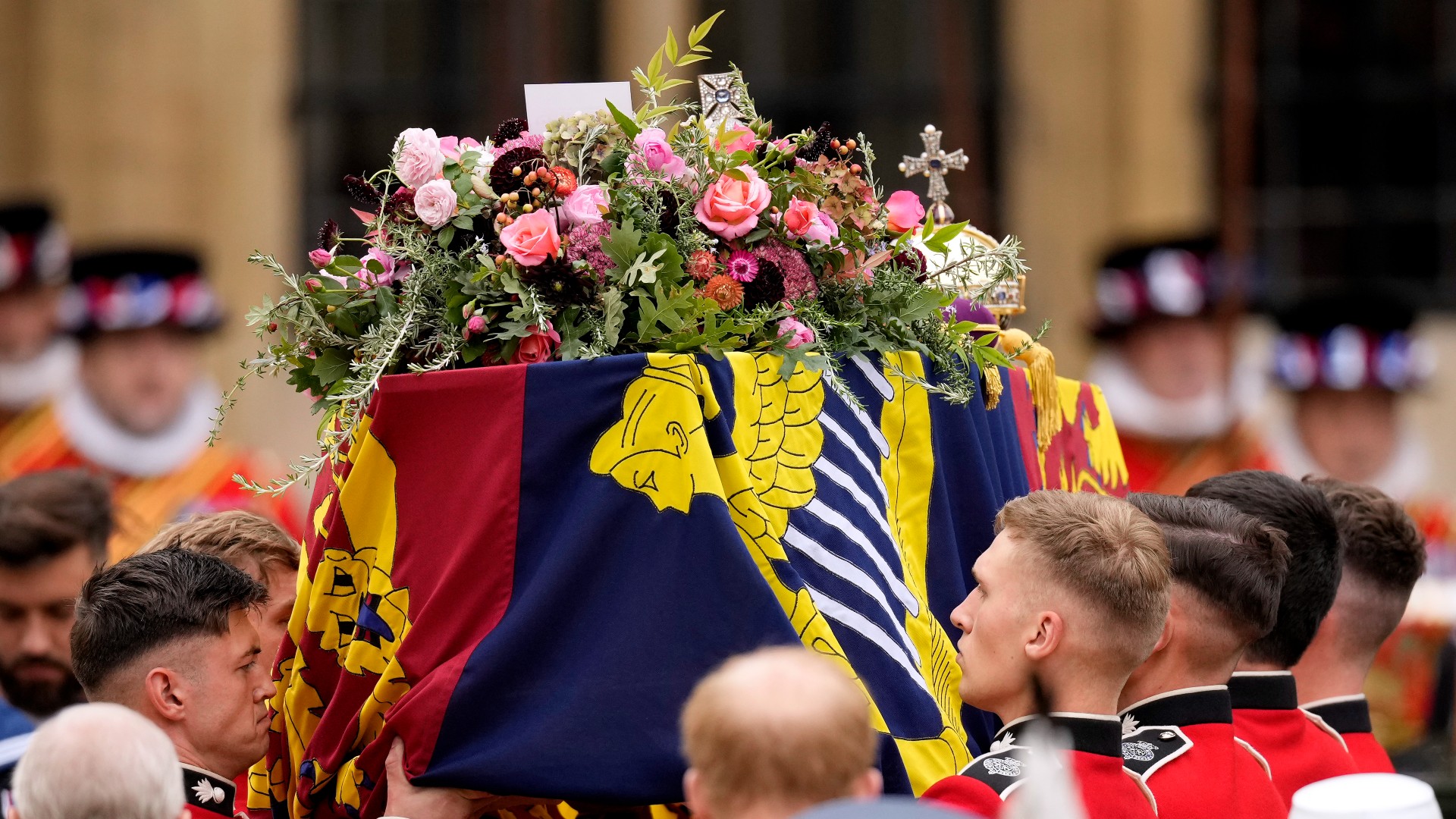
Highgrove is King Charles’ countryside home and its gardens hold a special place in his heart having spent many years working on them with a focus on sustainability, from using natural fertilizers to having solar panels. The choice to include flowers from Highgrove, alongside those from his former home and the Queen’s official residence is a touching tribute.
The pretty wreath, in a nest of English moss and oak branches, is also understood to have been made completely sustainably, on the request of King Charles III.
On top of the wreath sits a white card that simply reads, “In loving and devoted memory. Charles R”.

Anna is an editor and journalist with over a decade of experience in digital content production, ranging from working in busy newsrooms and advertising agencies to fashion houses and luxury drinks brands. Now a freelance writer and editor, Anna covers everything lifestyle, from fashion and skincare to mental health and the best cocktails (and where to drink them).
Originally from Glasgow, Anna has lived in Berlin, Barcelona, and London, with stints in Guernsey and Athens. Her love of travel influences her work, whether she’s stocking up on the best skincare at French pharmacies, taking notes on local street style, or learning to cook regional cuisines. A certified cinephile, when she's not travelling the world, you'll find her hiding away from it at her local cinema.
-
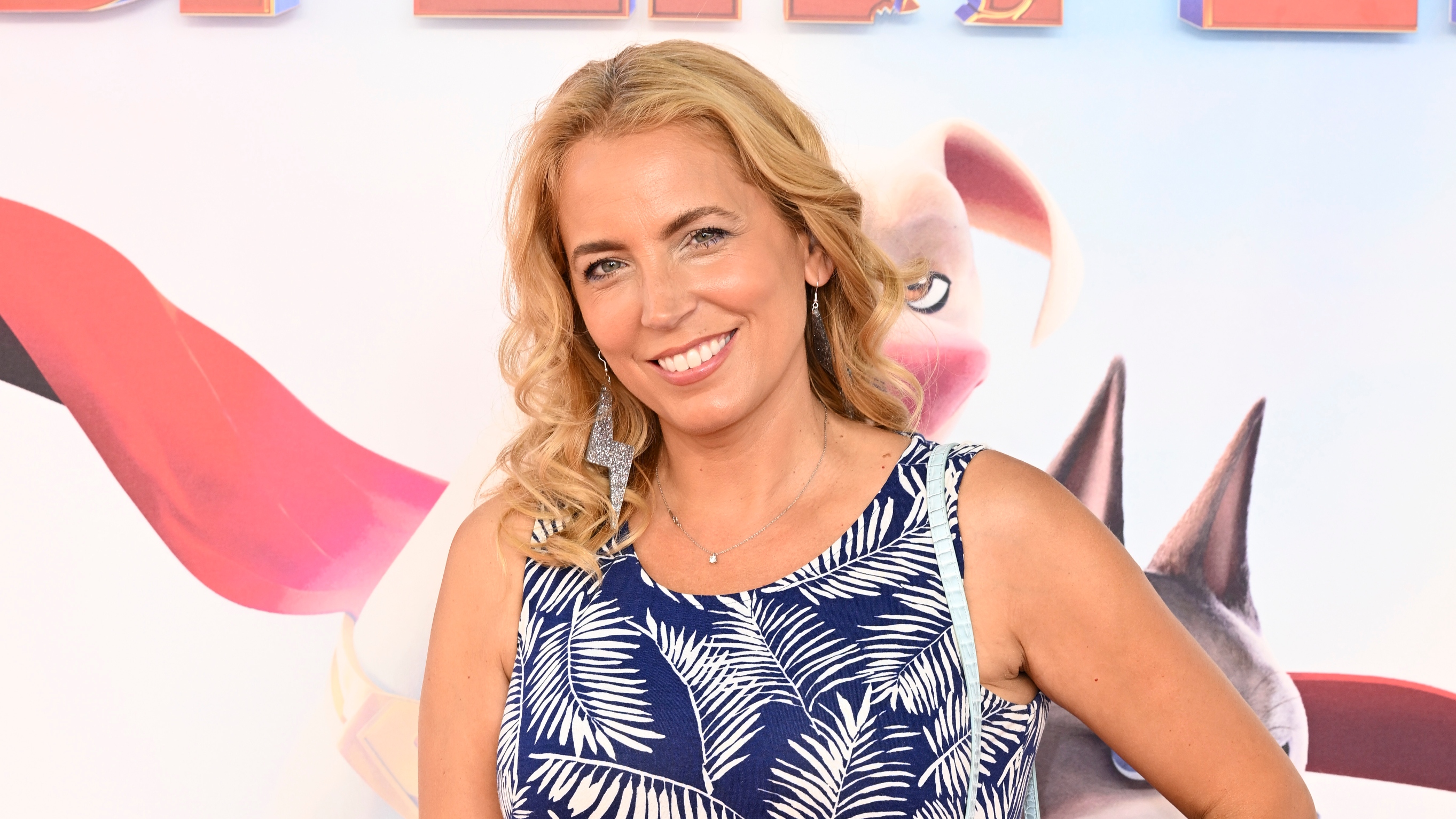 Forget beach bags and sunnies, Jasmine Harman's ravishing red swimsuit was elevated by matchy-matchy lipstick
Forget beach bags and sunnies, Jasmine Harman's ravishing red swimsuit was elevated by matchy-matchy lipstickIf I want to make even the simplest outfit look a bit more polished, colour coordination becomes my style best friend.
By Emma Shacklock
-
 Lip contouring sounds a bit much, but this modern makeup technique is the 'soft' way to cheat a fuller pout
Lip contouring sounds a bit much, but this modern makeup technique is the 'soft' way to cheat a fuller poutThink about how you use your favourite bronzer, then apply the same principle to your lips - easy!
By Naomi Jamieson
-
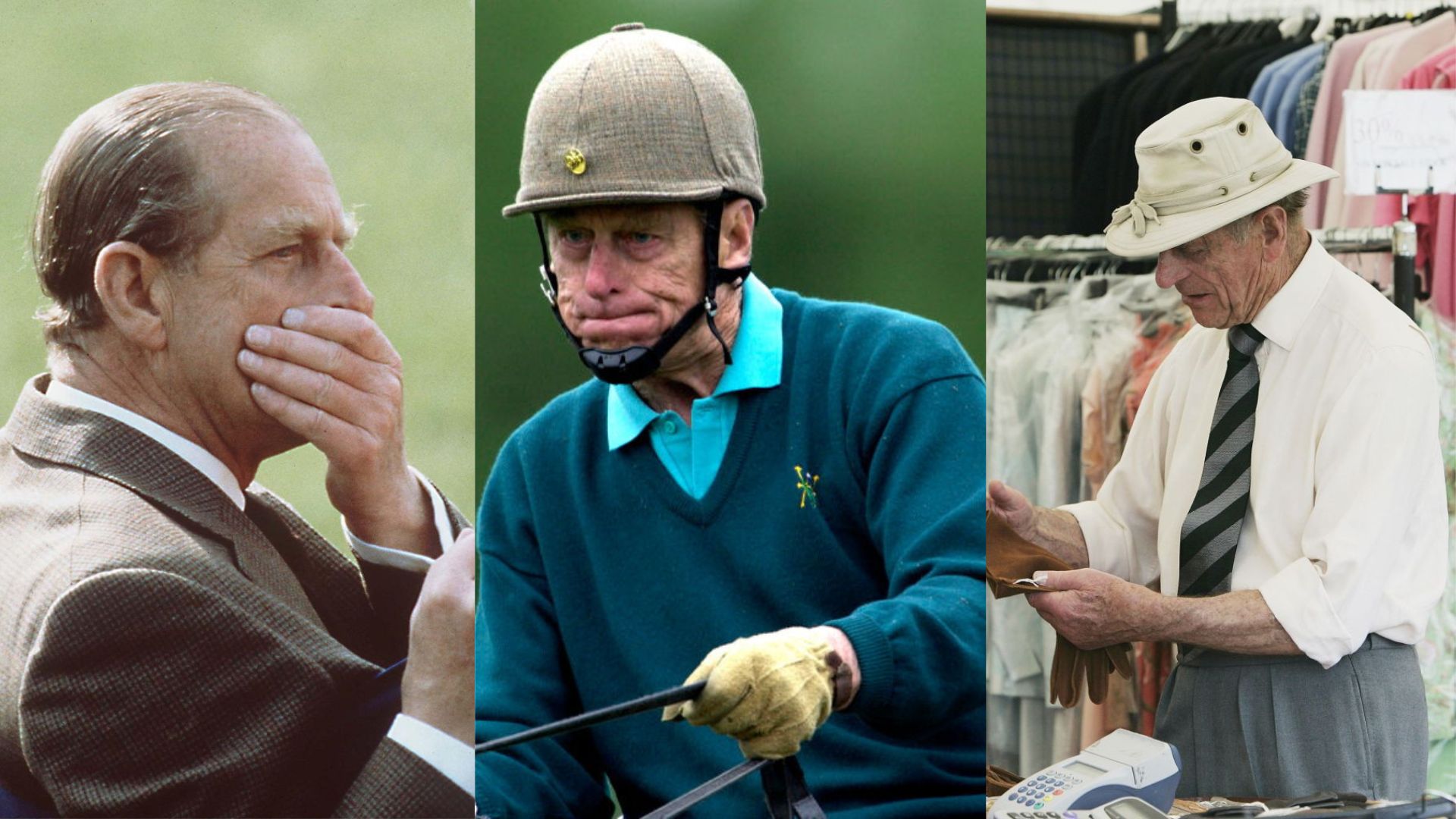 32 candid photos that capture the real Prince Philip - from having a belly laugh to meeting celebrities
32 candid photos that capture the real Prince Philip - from having a belly laugh to meeting celebritiesWe look back at some of Prince Philip's funniest (and most heartwarming) moments, from sharing a joke with other royals to getting very into sporting events
By Elena Kiratzi
-
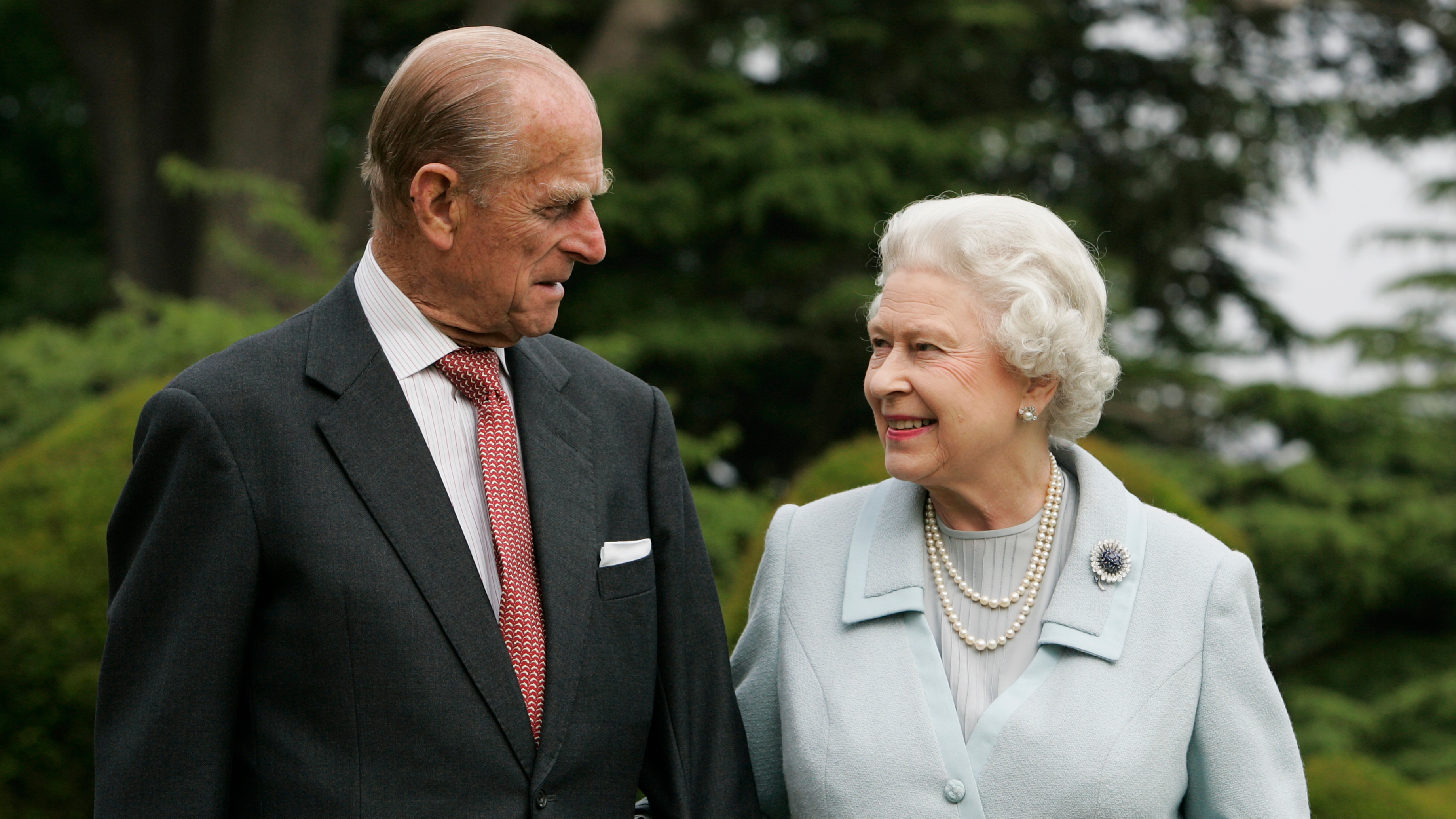 Queen Elizabeth and Prince Philip’s sleep divorce might sound radical but it’s right on trend today
Queen Elizabeth and Prince Philip’s sleep divorce might sound radical but it’s right on trend todayQueen Elizabeth and Prince Philip reportedly slept separately and this is said to be something the 'upper class' have 'always' done
By Emma Shacklock
-
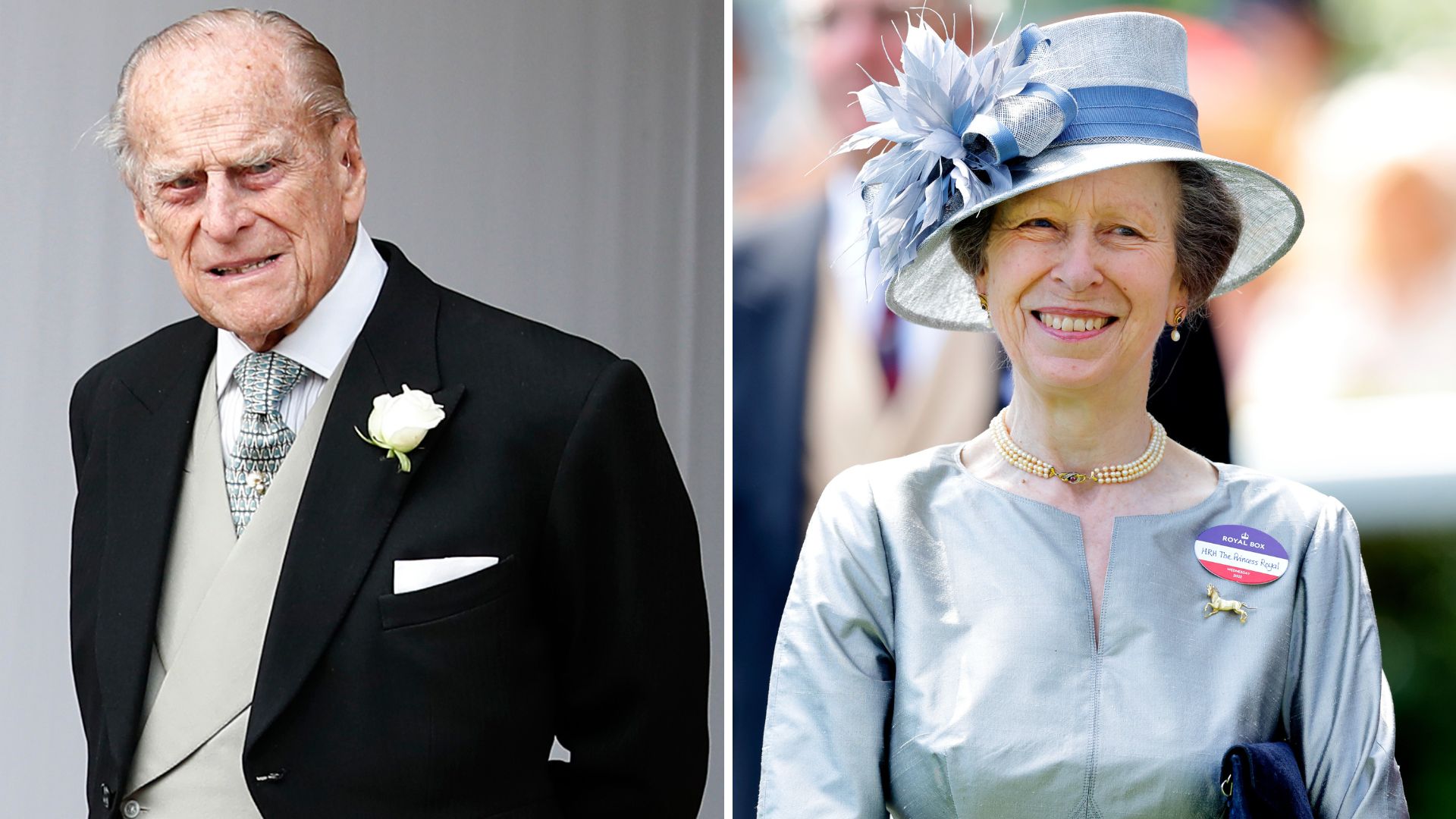 Prince Philip’s royal tradition Princess Anne chose to uphold with her children - but none of her brothers did!
Prince Philip’s royal tradition Princess Anne chose to uphold with her children - but none of her brothers did!Prince Philip’s royal tradition was something his sons chose not to continue with their children but Princess Anne's kids enjoyed it
By Emma Shacklock
-
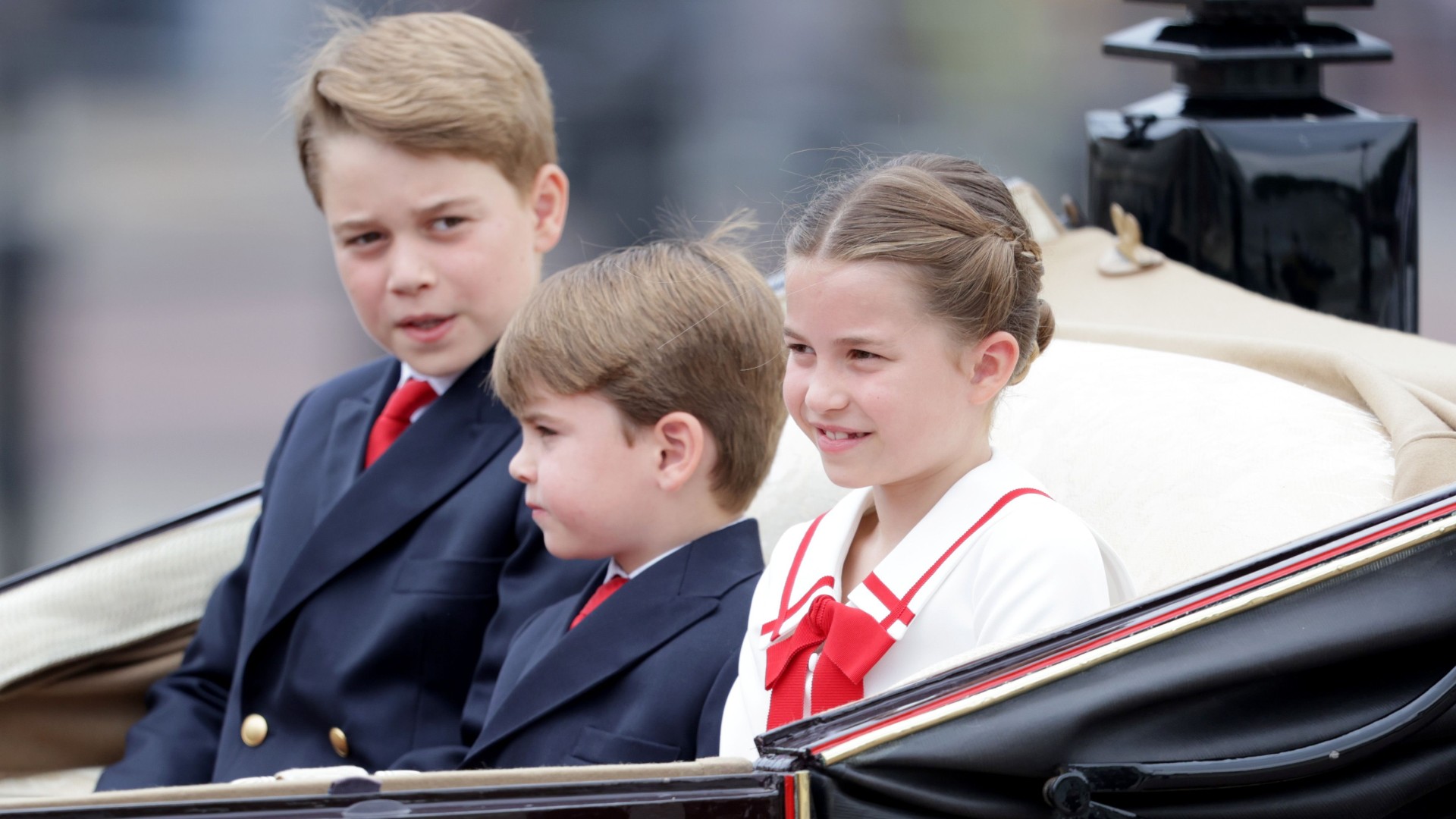 The sweet tradition Prince George, Princess Charlotte and their cousins might continue this year
The sweet tradition Prince George, Princess Charlotte and their cousins might continue this yearThe young royals could carry on a tradition that goes back to Prince Philip this summer
By Jack Slater
-
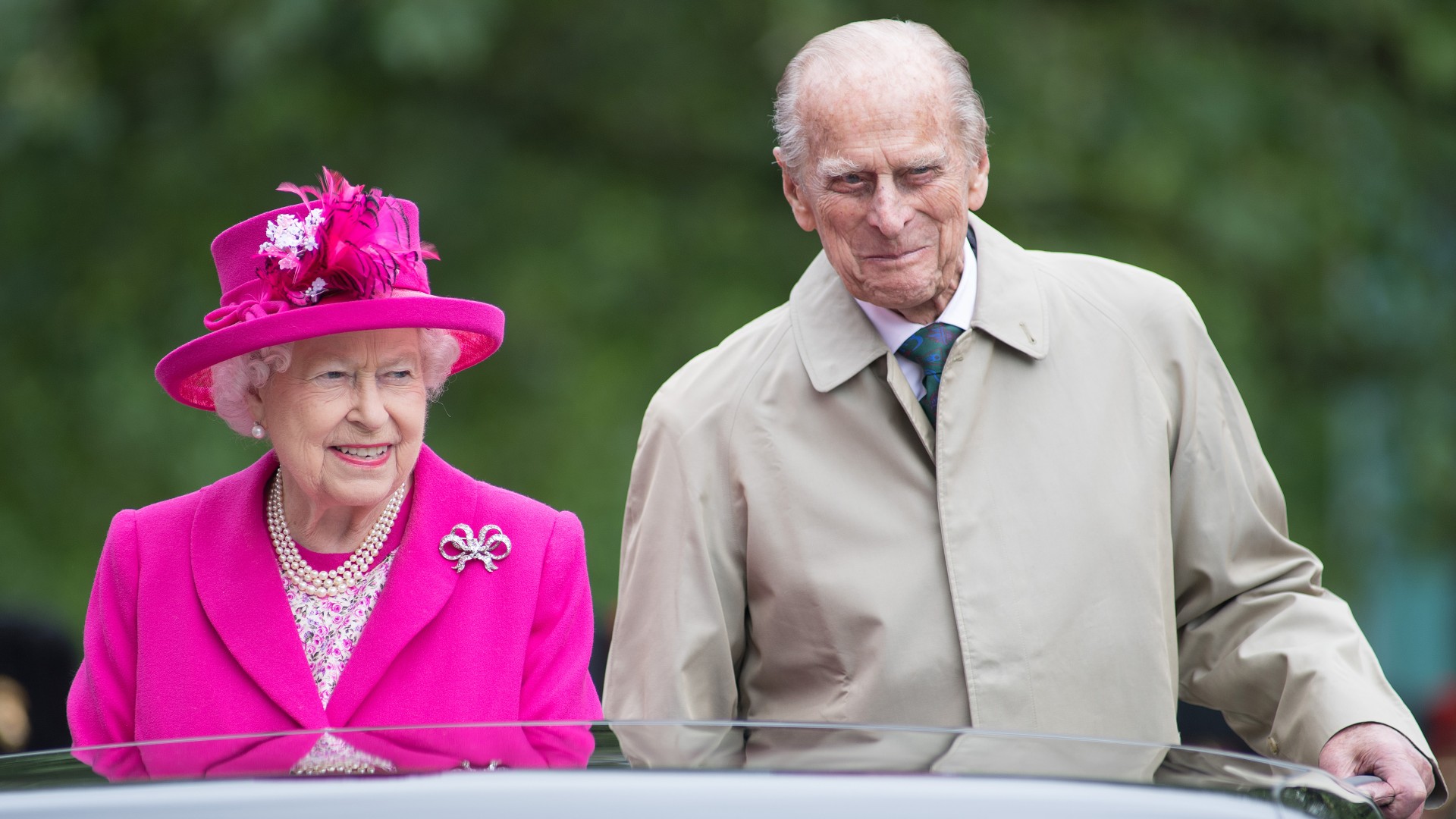 We love Queen Elizabeth II's sassy response to a rather rude remark reportedly made by Prince Philip
We love Queen Elizabeth II's sassy response to a rather rude remark reportedly made by Prince PhilipThe Queen was known for her quick wit
By Robyn Morris
-
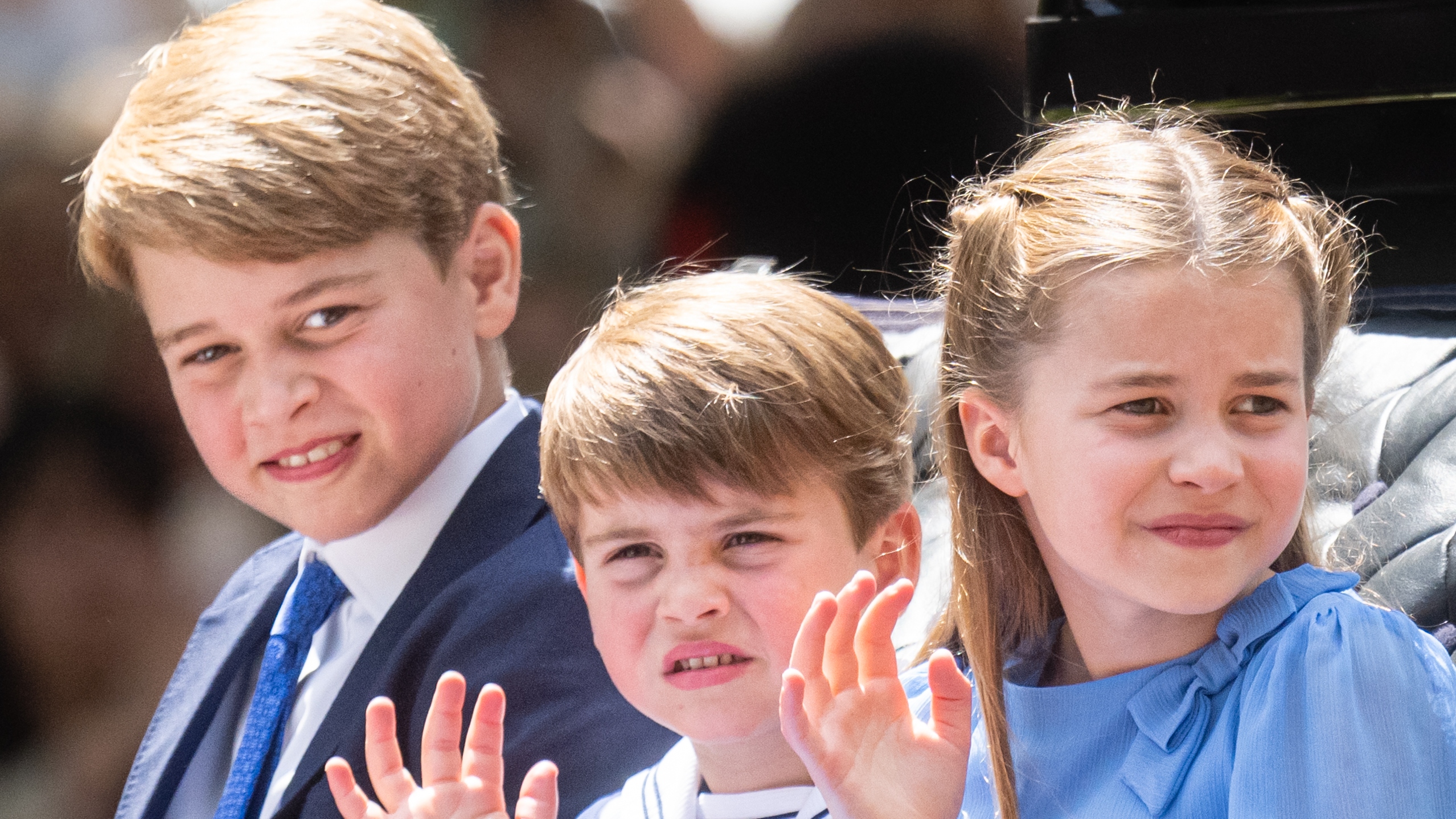 How George could follow in Charles's footsteps with special honor for little brother Prince Louis when he is King
How George could follow in Charles's footsteps with special honor for little brother Prince Louis when he is KingPrince George could follow in King Charles's footsteps and give his brother a special honor
By Caitlin Elliott
-
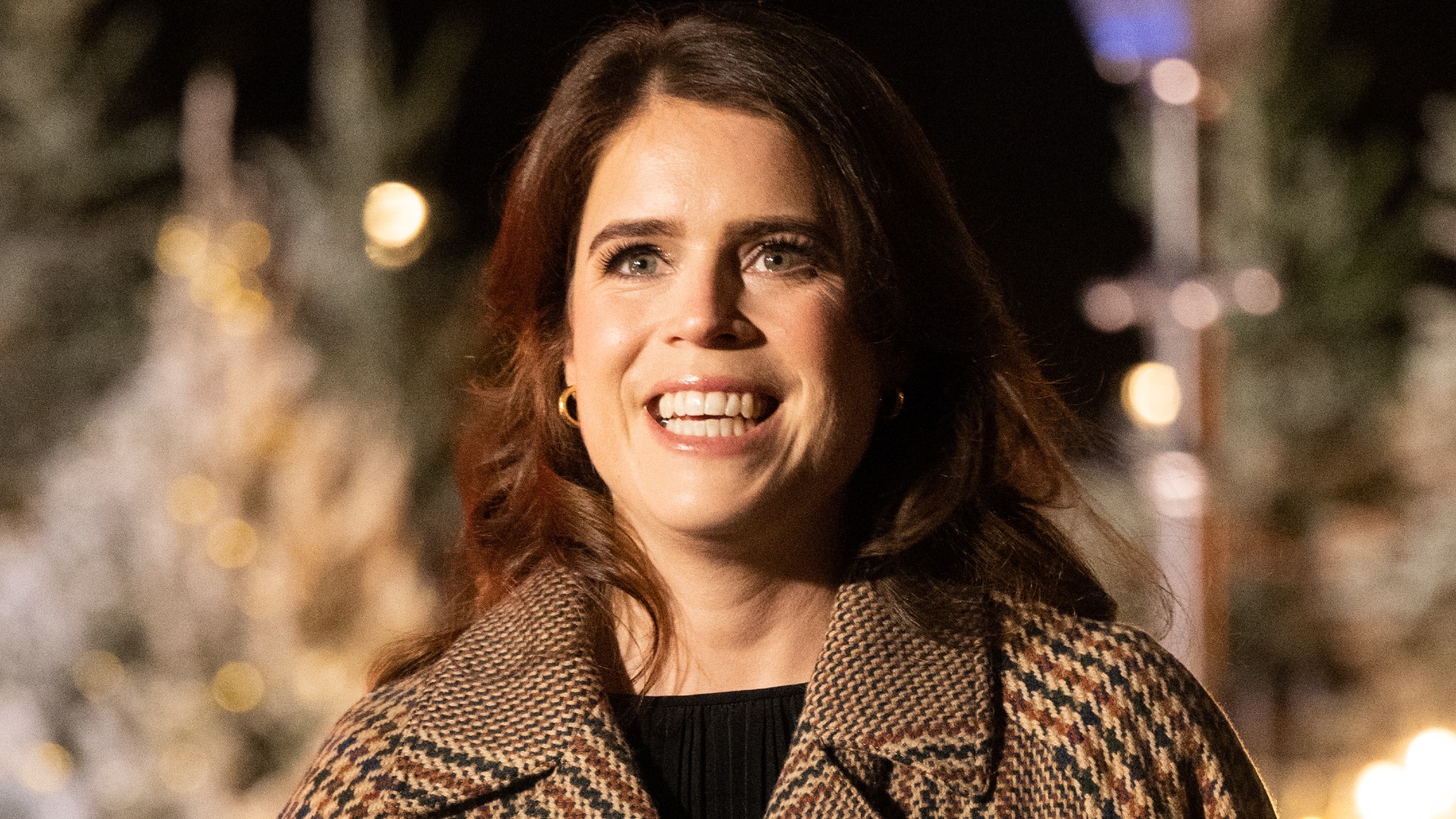 August Brooksbank looks just like Prince Harry in latest sweet snap shared by Princess Eugenie
August Brooksbank looks just like Prince Harry in latest sweet snap shared by Princess EugeniePrincess Eugenie posted a sweet picture of her son August
By Robyn Morris
-
 Prince Harry and Meghan Markle were 'hoping' Buckingham Palace would announce Archie and Lilibet's new titles before they did
Prince Harry and Meghan Markle were 'hoping' Buckingham Palace would announce Archie and Lilibet's new titles before they didHarry and Meghan were reportedly hoping that the Palace would 'jump the gun' says royal expert
By Robyn Morris
